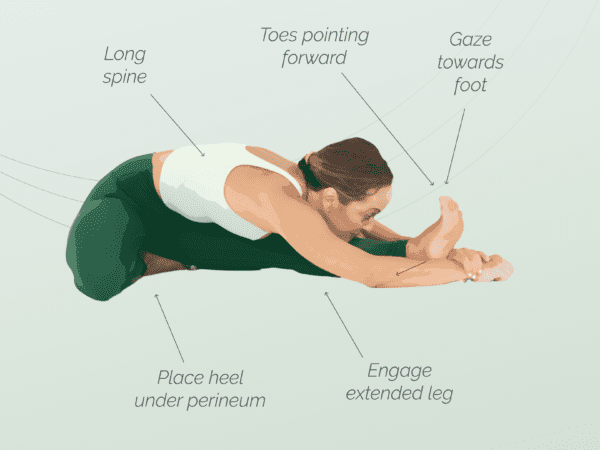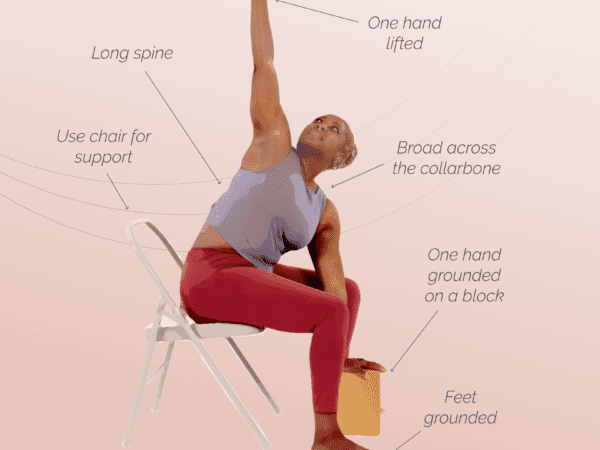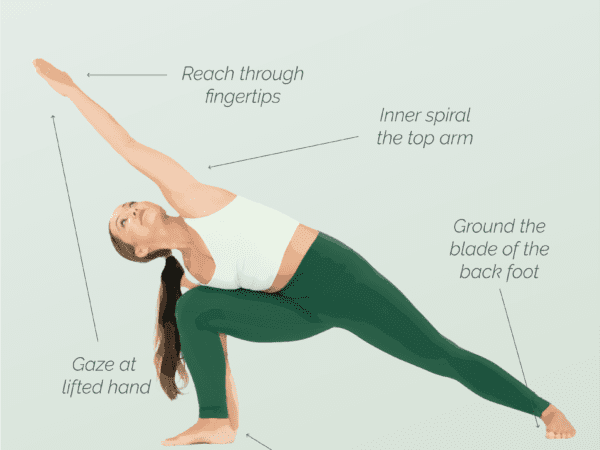Supta matsyendrasana, also known as supine spinal twist, is a popular yoga pose that offers a range of benefits for the mind and body. This pose involves lying on your back and twisting your spine, which can help release tension and improve flexibility. However, as with any yoga pose, it’s important to be mindful of the potential contraindications and practice with proper alignment to avoid injury. In this article, we’ll explore the benefits and contraindications of supta matsyendrasana, as well as provide step-by-step instructions on how to safely and effectively perform this pose.
What are the benefits of supta matsyendrasana?
Supta matsyendrasana, also known as supine spinal twist, is a popular yoga pose that offers numerous benefits to the body and mind. This pose involves lying on your back and twisting your spine, which helps to release tension and improve overall flexibility.
Benefits of Supta Matsyendrasana:
1. Relieves back pain: Supine spinal twist is an excellent pose for relieving back pain. It helps to stretch and release tension in the muscles of the back, shoulders, and neck. It also stretches the abdominal muscles.
2. Improves digestion: This pose stimulates the digestive system and can help to alleviate constipation and other digestive issues. Gently massage your internal organs with the twisting motion.
3. Relaxes the body and mind: Supta matsyendrasana is a great pose for promoting relaxation and reducing stress. It can calm the mind, helping you feel mentally refreshed. It can also help to improve the quality of sleep.
4. Increases flexibility: This pose helps to improve flexibility in the spine, hips, and shoulders.
5. Improves circulation: Supine spinal twist can help to improve circulation by stretching the muscles and releasing tension in the body.
Contraindications
While Supine Spinal Twist offers many benefits, there are some contraindications to be aware of. This pose should be avoided by individuals with severe back pain, herniated discs, or other spinal injuries. Additionally, those with knee, hip, or shoulder injuries should use caution and modify the pose as needed. If you are pregnant, it’s important to consult with your healthcare provider before attempting this pose.
How to do Supta Matsyendrasana
1. Lie on your back with your arms extended out to the sides.
2. Bring your right knee up to your chest while the left leg remains straight. Drop your right knee to the left so it crosses over your left leg.
3. Place your left hand on your right knee and lay your right arm out to your side. Gaze towards your right hand.
4. Hold the pose for 5-10 breaths and then switch sides.
Remember to listen to your body and modify the pose as needed. You can use props such as blankets or blocks to support your body and make the pose more comfortable. With proper alignment and regular practice, Supta Matsyendrasana can help to relieve tension, improve flexibility, and promote relaxation in both the body and mind.
What precautions should I take when doing supta matsyendrasana?
Supta matsyendrasana, also known as supine spinal twist, is a yoga posture that provides numerous physical and mental benefits to beginners and advanced practitioners. However, it is important to practice this pose with caution, especially if you have any pre-existing medical conditions. Here are some precautions you should take when doing supta matsyendrasana:
1. Consult with your doctor: If you have any medical conditions or injuries, it is important to consult with your doctor before attempting this pose. Your doctor can advise you on whether it is safe for you to practice this posture.
2. Warm-up: Before practicing Supta matsyendrasana, it is important to warm up your body with some gentle stretching or yoga postures. This will help to prevent any injuries or strains.
3. Listen to your body: While practicing Supta Matsyendrasana, it is important to listen to your body and not push yourself beyond your limits. If you experience any pain or discomfort, come out of the pose immediately.
4. Modify the pose: If you have any physical limitations or injuries, you can modify the pose by using props such as blankets or bolsters. This will help you to practice the pose safely and comfortably.
In conclusion, Supta Matsyendrasana is a beneficial yoga pose that can help to relieve tension and promote relaxation in the body and mind. However, it is important to practice this pose with caution and take the necessary precautions to prevent any injuries or strains. By consulting with your doctor, warming up, listening to your body, and modifying the pose as needed, you can safely and effectively practice Supta Matsyendrasana and enjoy its numerous benefits. So, don’t be afraid to give it a try, and always remember to practice yoga with mindfulness and awareness.
If you want more guidance on your yoga journey, start an Omstars membership for access to thousands of yoga classes.










